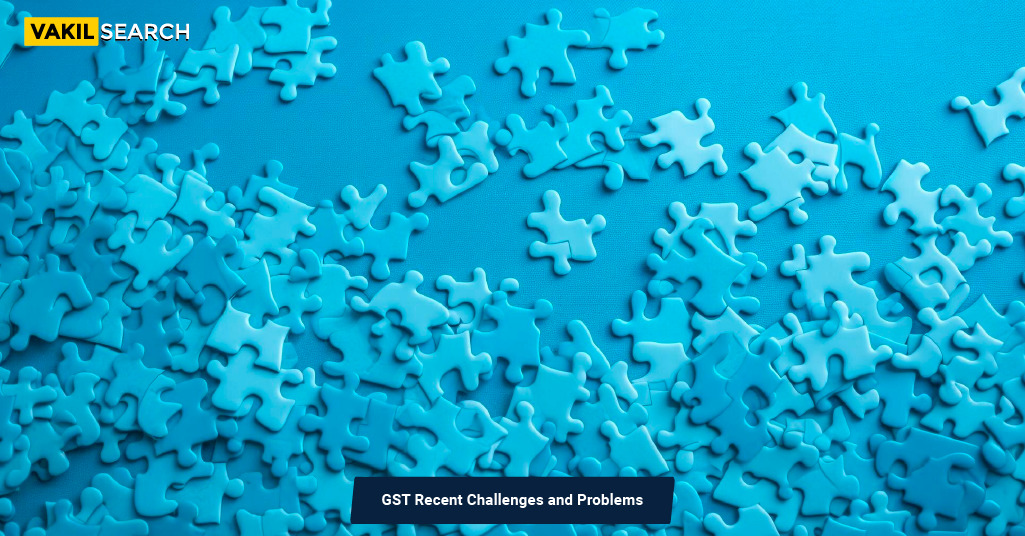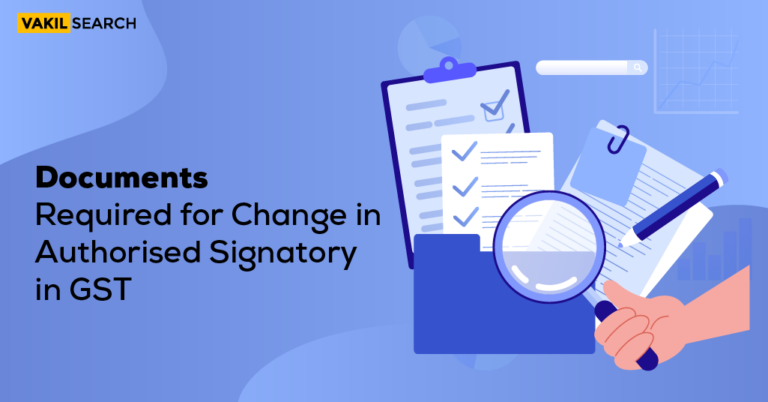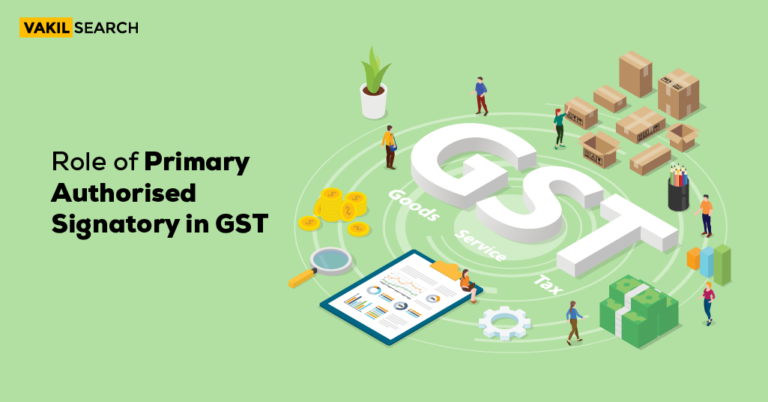Explore ongoing GST developments and challenges, ensuring you're informed about India's ever-evolving tax landscape.
A Quick Recap of the GST Journey in India
The Goods and Services Tax (GST) was implemented in India on 1 July 2017. It is a single tax that subsumes various indirect taxes, such as VAT, service tax, central excise, and customs duties. GST is levied on the supply of goods and services within India, as well as on imports. The implementation of GST was a major milestone in the Indian tax system. It was aimed at simplifying the tax structure, reducing the cost of doing business, and boosting economic growth. However, the transition to GST was not without its challenges and gst issues.
Latest Update on GST Issues
On 1 November 2023, the Indian government announced a series of measures to address the GST issues and challenges faced in implementing GST. These measures include:
- Simplification of GST return filing procedures
- Extension of deadlines for filing returns and paying taxes
- Reduction in interest rates on late payments
- Rationalization of GST rates on certain goods and services
- Increased focus on capacity building and training for taxpayers
The government also announced the formation of a GST dispute resolution committee to address the grievances of taxpayers.
Evolution from VAT and Service Tax to GST
Prior to the implementation of GST, India had a dual indirect tax system with VAT levied by states and service tax levied by the central government. This complex system led to cascading of taxes, which increased the cost of goods and services for consumers.
GST was introduced to address the shortcomings of the dual indirect tax system. It is a single tax levied on the value added at each stage of the production and supply chain, from the manufacturer to the retailer to the consumer. This eliminates tax cascading and makes the tax system more efficient and transparent.

Recent Challenges Faced by Businesses in India Due to GST
A. Technical glitches on the GSTN portal
The GSTN portal is the online platform used by businesses to file GST returns and pay taxes. However, the portal has been plagued by technical glitches since its launch in 2017. These glitches have made it difficult for businesses to comply with the GST laws and have led to delays in the processing of refunds.
B. GST Issues for E-commerce Companies
E-commerce companies face a number of challenges under GST, including:
- Compliance with multiple GST registrations: E-commerce companies need to register for GST in each state where they have a warehouse or make deliveries. This can be a complex and time-consuming process.
- Collection of GST from customers: E-commerce companies are required to collect GST from customers on all interstate sales. This can be difficult to do, especially for small businesses.
- Compliance with the E-way bill system: E-commerce companies need to generate an e-way bill for every interstate movement of goods. This can be cumbersome and time-consuming.
C. Cash Flow GST Issues
Under GST, businesses are required to pay GST on their sales even before they receive payment from their customers. This can lead to cash flow GST issues for businesses, especially small and medium-sized enterprises (SMEs).
D. Increased Litigation
The introduction of GST has led to an increase in litigation between businesses and the tax authorities. This is due to the complexity of the GST laws and the different interpretations of these laws by the tax authorities.
E. Complexity in return filing and reconciliations
GST return filing and reconciliations can be complex and time-consuming, especially for small businesses. This is because businesses need to keep detailed records of all their transactions and file multiple returns each month.
What is the Government Doing to Address These Challenges?
The Indian government is taking steps to address the challenges faced by businesses in India due to GST. These steps include:
- Simplifying the GST return filing process
- Reducing the number of GST rates
- Integrating the e-way bill system with the GSTN portal
- Providing training and support to businesses on GST compliance
- Setting up a GST dispute resolution committee
The government is also working to reduce the litigation burden on businesses by clarifying the GST laws and by providing guidance to businesses on how to comply with the laws.
What Can Businesses Do to Overcome These Challenges?
Businesses can take the following steps to overcome the challenges faced in India due to GST:
- Invest in GST compliance software to automate the GST return filing and reconciliation process
- Hire a GST consultant to help with GST compliance
- Use the GSTN portal to access information on the latest GST laws and regulations
- Attend GST training programs to learn about the latest GST compliance requirements
- Keep detailed records of all transactions to support their GST returns
Challenges Faced by Small and Medium Enterprises (SMEs) Due to GST
The Challenge of the Reverse Charge Mechanism
Under the reverse charge mechanism, the recipient of certain goods or services is responsible for paying GST on the transaction instead of the supplier. This mechanism can be challenging for SMEs, as it requires them to have a good understanding of the GST laws and to maintain accurate records of their purchases.
Impact on Consumer Spending
The introduction of GST has led to an increase in the prices of some goods and services. This is because businesses are now required to pay GST on their inputs, which increases their costs. This increase in costs is often passed on to consumers in the form of higher prices. This can have a negative impact on consumer spending, especially for low-income households.
Economic Impact
The introduction of GST has had a mixed impact on the Indian economy. On the one hand, GST has simplified the tax structure and made it easier for businesses to operate. This has led to an increase in economic activity. On the other hand, the complexity of the GST laws and the high compliance burden have imposed a challenge on SMEs. This has led to a slowdown in the growth of the SME sector.
E-way bill challenges
The e-way bill system is a requirement for the interstate movement of goods under GST. However, the system has been plagued by technical glitches and has been difficult for SMEs to comply with. This has led to delays in the transportation of goods and has increased the costs for businesses.
Input Tax Credit Fraud
Input tax credit (ITC) fraud is a major challenge under GST. ITC fraud involves businesses claiming ITC on fake invoices. This deprives the government of tax revenue and can also lead to losses for other businesses. SMEs are particularly vulnerable to ITC fraud, as they often lack the resources to verify the authenticity of invoices.
The Rise of Fake Invoicing
Fake invoicing is another major challenge under GST. Fake invoicing involves businesses issuing fake invoices to other businesses. This is done to claim ITC fraudulently or to evade GST payments. SMEs are particularly vulnerable to fake invoicing, as they are often under pressure to make payments quickly and may not have the time to verify the authenticity of invoices.
What Can SMEs Do to Overcome These Challenges?
SMEs can take the following steps to overcome the challenges faced due to GST:
- Invest in GST compliance software to automate the GST return filing and reconciliation process
- Hire a GST consultant to help with GST compliance
- Use the GSTN portal to access information on the latest GST laws and regulations
- Attend GST training programs to learn about the latest GST compliance requirements
- Keep detailed records of all transactions to support their GST returns
- Be vigilant against ITC fraud and fake invoicing
Government Initiatives and Solutions to Simplify the GST Process
The Indian government has taken a number of steps to simplify the GST process, including:
- Introducing a new GST return form (GSTR-3.1), which is simpler and easier to file.
- Extending the deadline for filing returns and paying taxes.
- Reducing interest rates on late payments.
- Rationalizing GST rates on certain goods and services.
- Increasing focus on capacity building and training for taxpayers.
- Forming a GST dispute resolution committee to address the grievances of taxpayers.
- Simplifying the e-way bill system.
- Providing training and support to businesses on GST compliance.
- Setting up a GST dispute resolution committee.
Role of the GST Council in Addressing Challenges
The GST Council is a constitutional body that is responsible for making recommendations to the central government and state governments on the implementation of GST. The Council has played a key role in addressing the challenges faced in the implementation of GST. For example, the Council has:
- Reduced the number of GST rates.
- Simplified the GST return filing process.
- Integrated the e-way bill system with the GSTN portal.
- Provided clarifications on various GST provisions.
- Extended the deadline for filing returns and paying taxes.
Recent Amendments and Policy Changes
In recent months, the Indian government has made a number of amendments to the GST laws and policies to simplify the GST process and make it more taxpayer-friendly. Some of these amendments include:
- Reduction of GST rates on certain goods and services.
- Extension of the deadline for filing returns and paying taxes.
- Rationalization of the e-way bill system.
- Introduction of a new GST return form (GSTR-3.1).
- Formation of a GST dispute resolution committee to address the grievances of taxpayers.
The Indian government is also working on a number of other initiatives to simplify the GST process and make it more taxpayer-friendly. These initiatives include:
- Integration of the GSTN portal with other government portals.
- Development of a mobile app for GST compliance.
- Introduction of a single GST registration for businesses.
- Reduction in the number of GST returns.
Challenges of GST FAQs
What are the primary problems faced by businesses due to GST?
The primary problems faced by businesses due to GST include:
- Complexity of the GST laws: GST is a complex tax system with multiple rates and exemptions. This has made it difficult for taxpayers to understand and comply with the tax laws.
- Technical glitches on the GSTN portal: The GSTN portal, which is used by taxpayers to file returns and pay taxes, has faced a number of technical glitches. This has caused inconvenience to taxpayers and delayed the processing of refunds.
- High compliance burden: GST has imposed a high compliance burden on taxpayers, especially small and medium-sized enterprises (SMEs). SMEs often lack the resources and expertise to comply with the complex GST laws.
- Cash flow issues: Under GST, businesses are required to pay GST on their sales even before they receive payment from their customers. This can lead to cash flow problems for businesses, especially SMEs.
Why is the GST filing system considered complicated by some?
The GST filing system is considered complicated by some because it involves multiple returns and complex calculations. Businesses need to maintain detailed records of all their transactions and file returns based on these records. This can be time-consuming and challenging for small businesses.
Have there been any technical issues with the GST portal?
Yes, there have been a number of technical issues with the GSTN portal since its launch in 2017. These glitches have made it difficult for taxpayers to file returns and pay taxes. The government is working to address these technical issues, but they have not been fully resolved yet.
How does GST affect cash flow for businesses?
GST affects cash flow for businesses because businesses are required to pay GST on their sales even before they receive payment from their customers. This can lead to cash flow problems for businesses, especially SMEs.
Why are there concerns over multiple tax slabs in GST?
There are concerns over multiple tax slabs in GST because it can lead to confusion and complexity for taxpayers. It can also be difficult for the government to administer a system with multiple tax slabs.
Are there sectors that find GST particularly challenging?
Yes, there are some sectors that find GST particularly challenging, such as the e-commerce sector, the real estate sector, and the small and medium-sized enterprise (SME) sector. These sectors face a number of challenges, such as complex compliance requirements, technical glitches on the GSTN portal, and cash flow issues.
How does GST impact service providers with operations across multiple states?
GST impacts service providers with operations across multiple states because they need to register for GST in each state where they provide services. They also need to file returns and pay taxes separately in each state. This can be complex and time-consuming for service providers.
Why are SMEs more concerned about GST compared to larger businesses?
SMEs are more concerned about GST compared to larger businesses because they often lack the resources and expertise to comply with the complex GST laws. SMEs also face cash flow issues as they are required to pay GST on their sales even before they receive payment from their customers.
Are there any reverse charge mechanism (RCM) problems under GST?
Yes, there are some reverse charge mechanism (RCM) problems under GST. For example, there is confusion over which party is responsible for paying GST under certain RCM transactions. There are also concerns that the RCM can be used to evade taxes.
Is there a concern regarding GST's impact on state autonomy?
Yes, there is a concern regarding GST's impact on state autonomy. This is because the GST Council, which is responsible for making recommendations on the implementation of GST, is dominated by the central government. Some states believe that this gives the central government too much power over state taxes.










